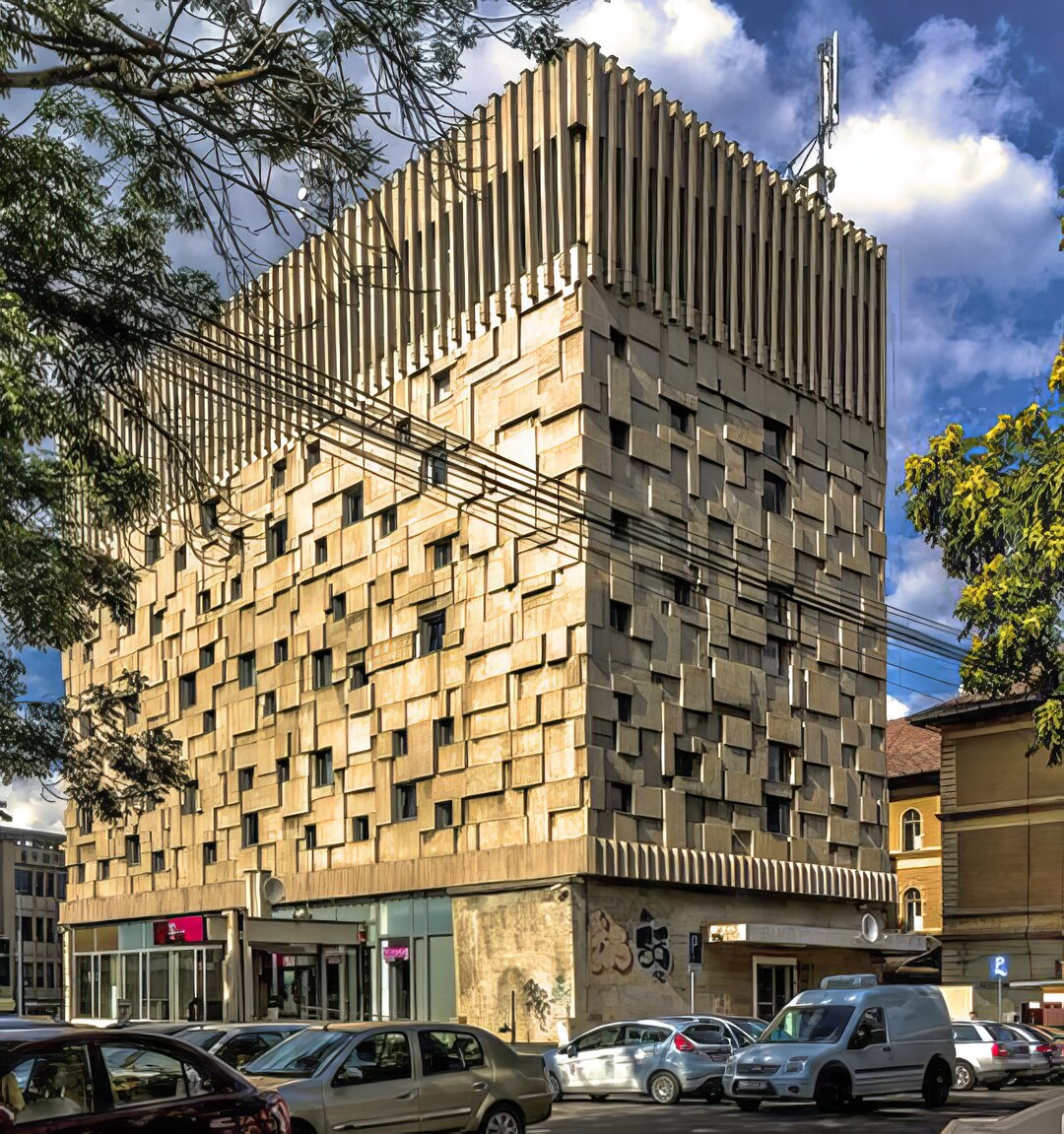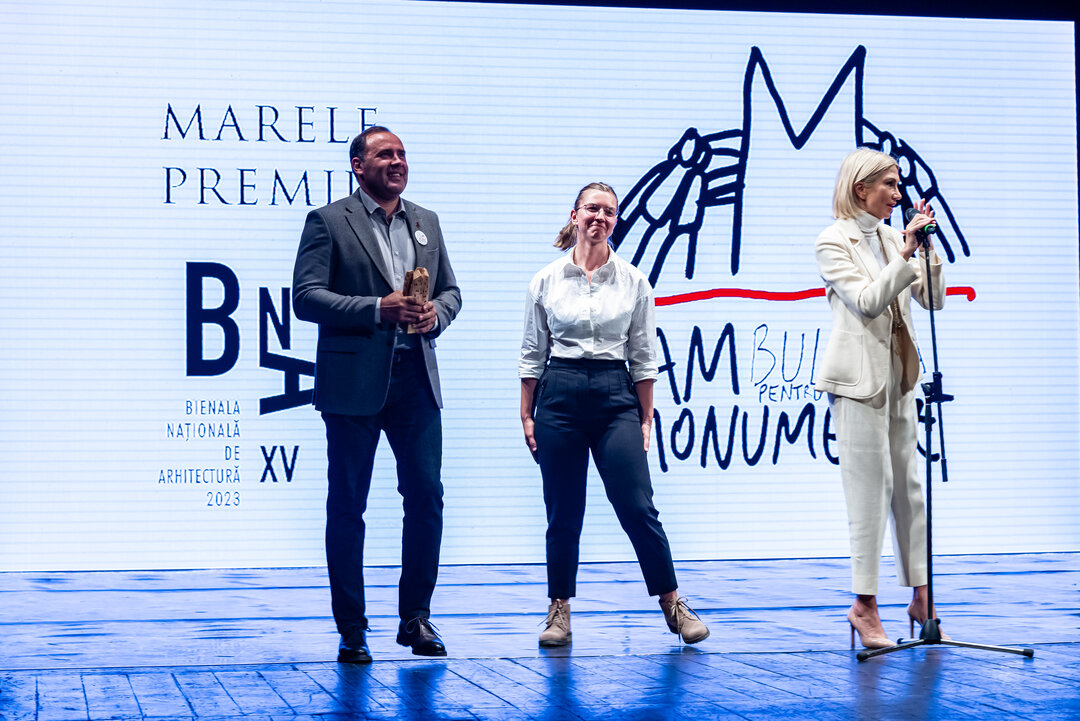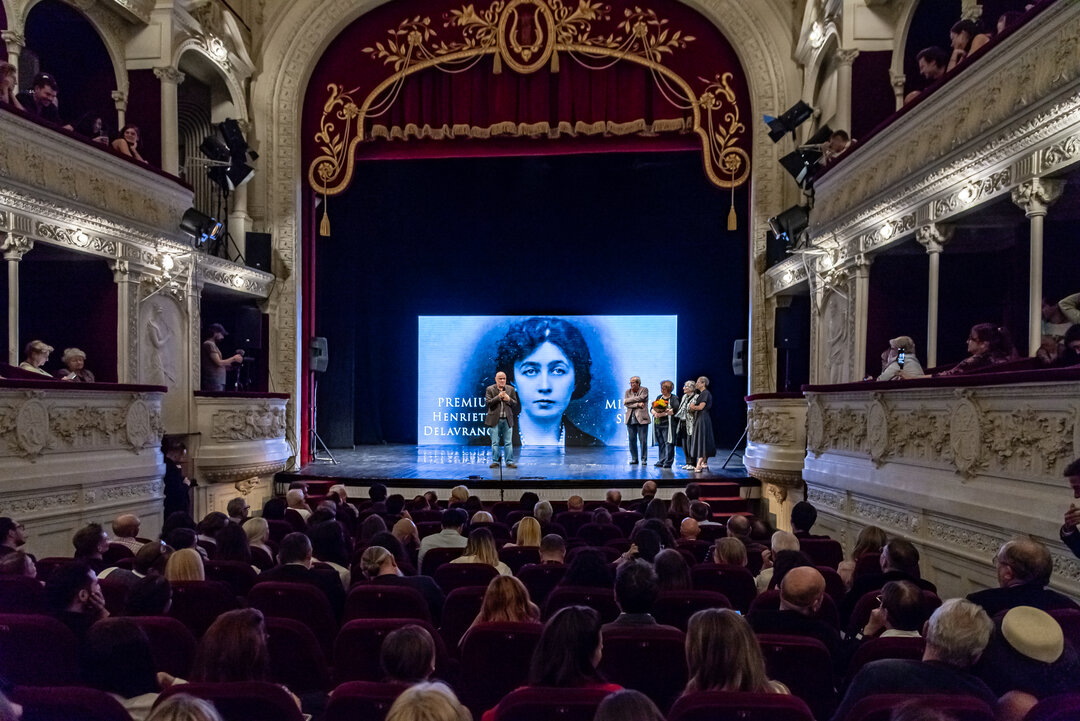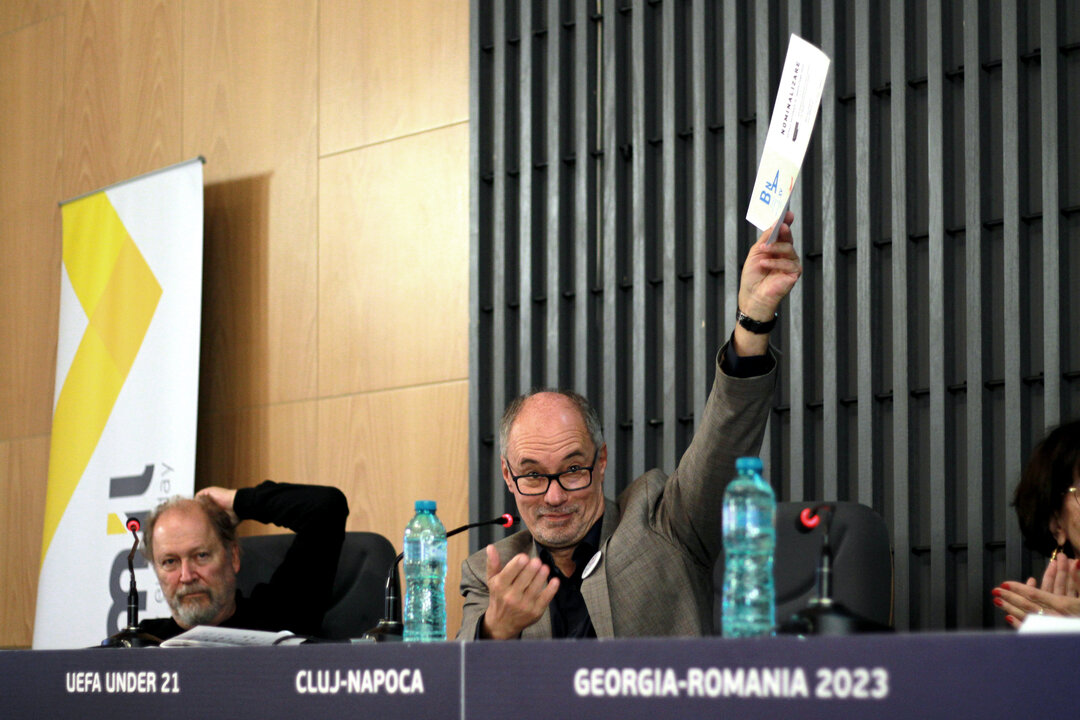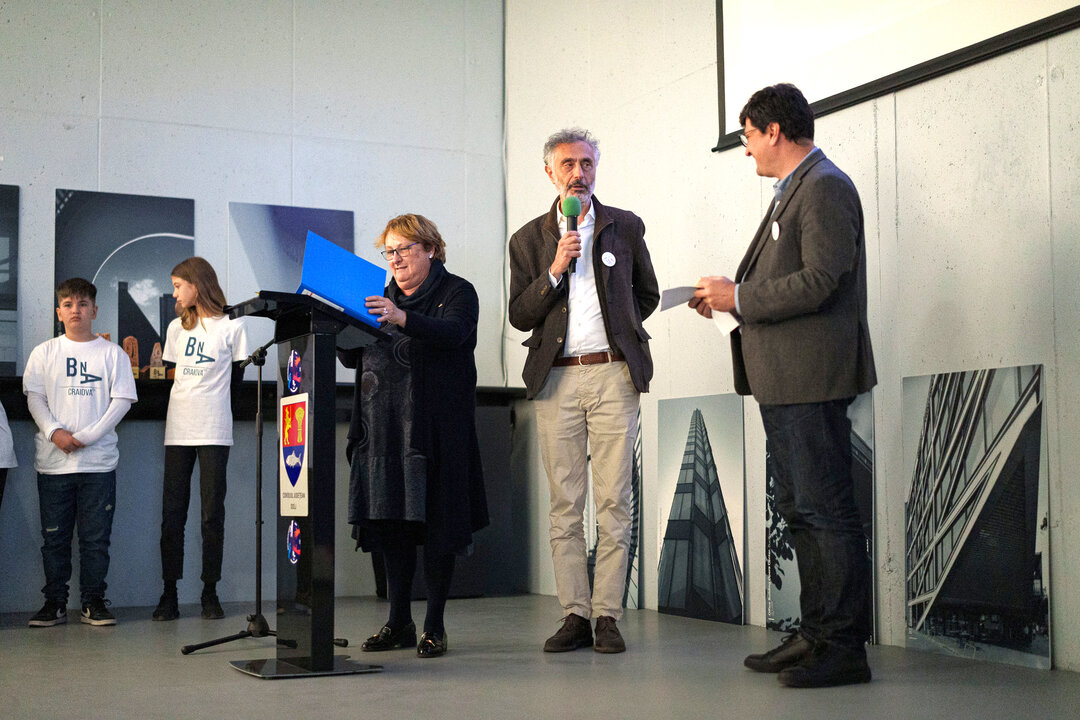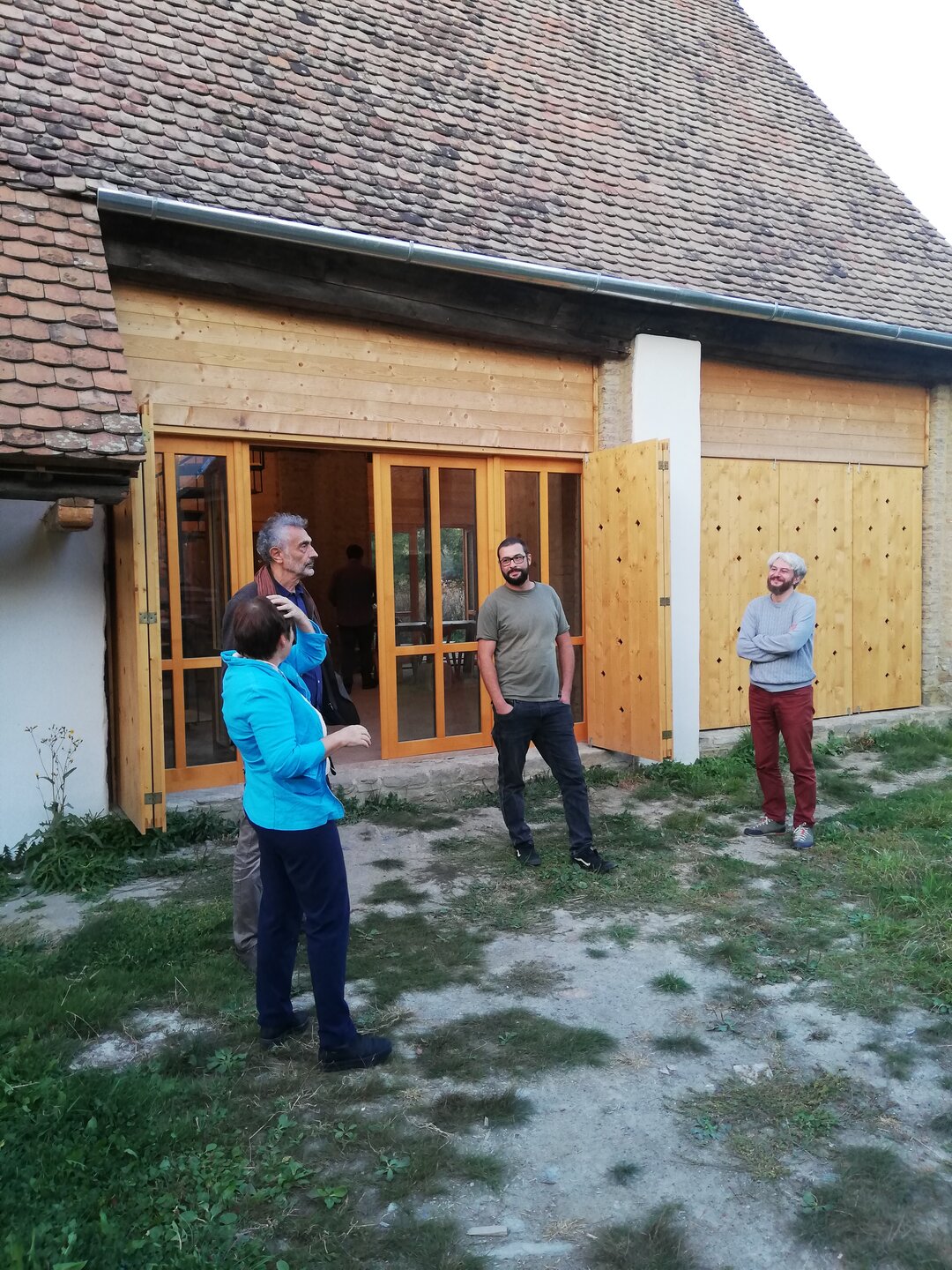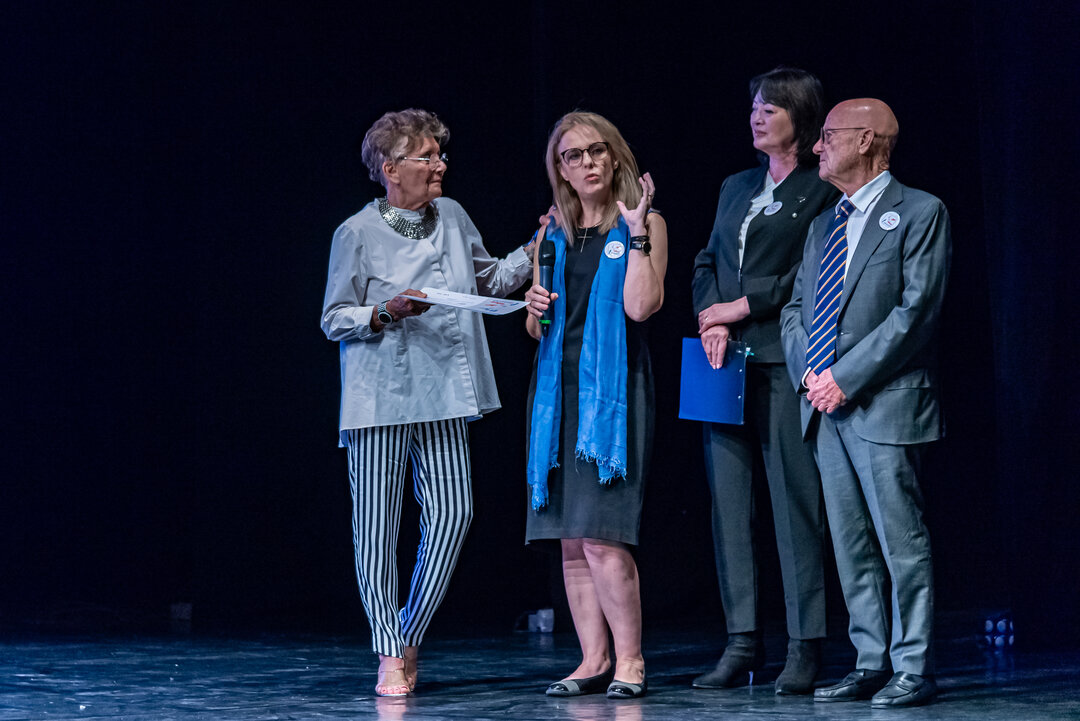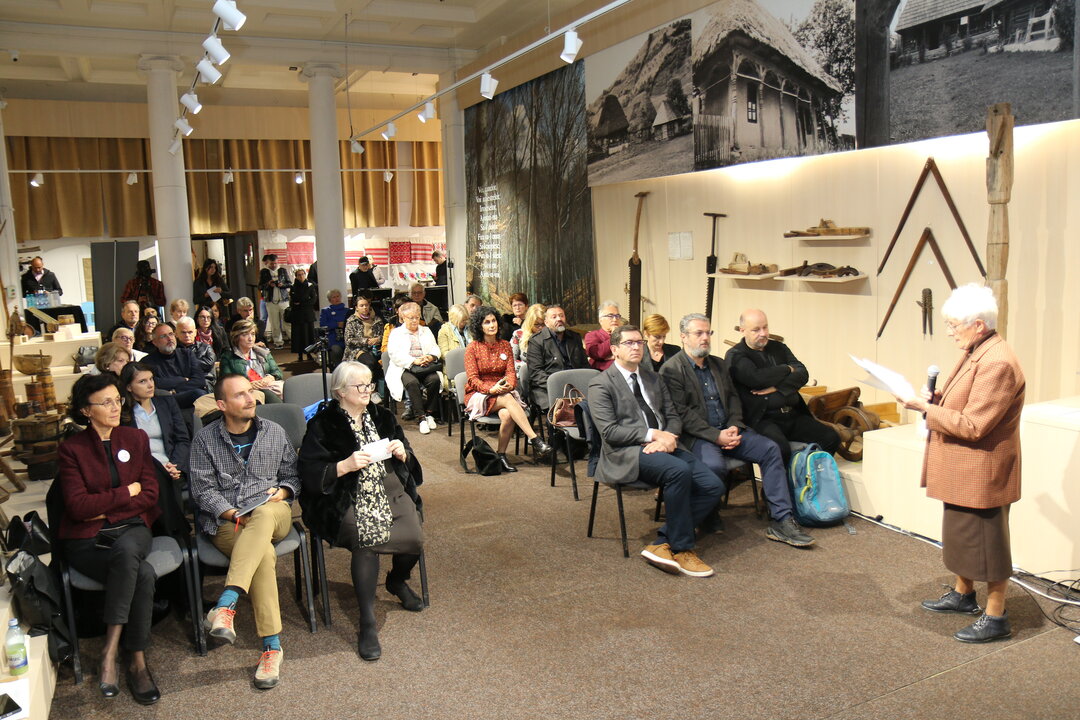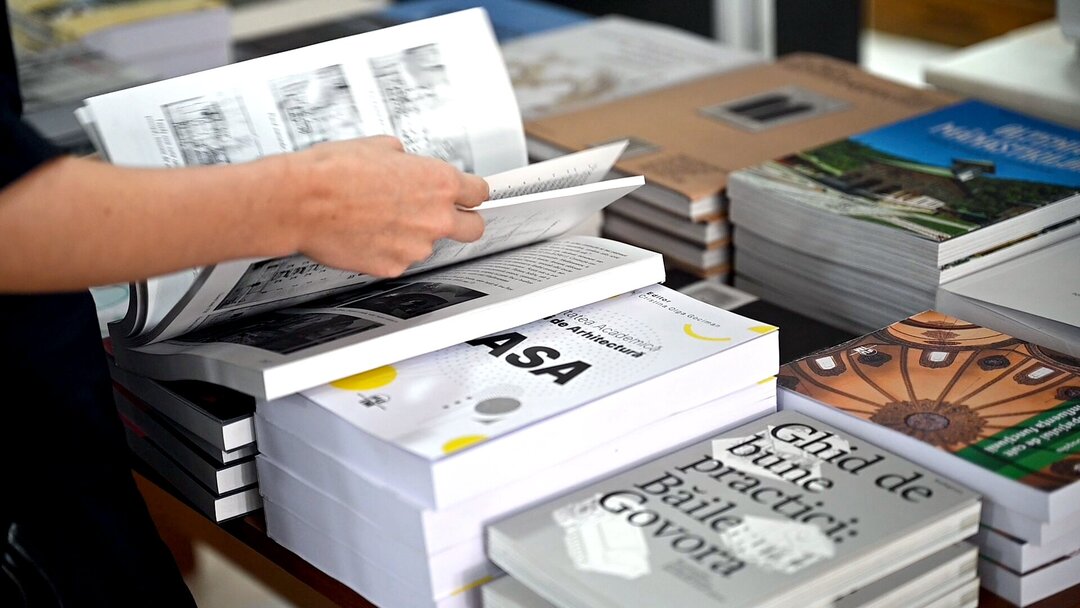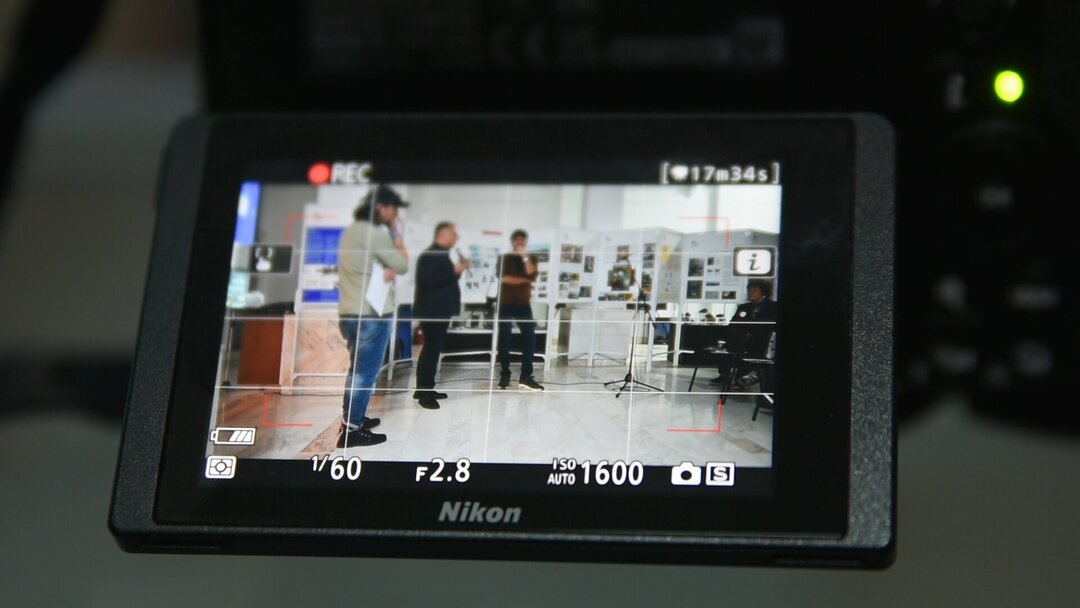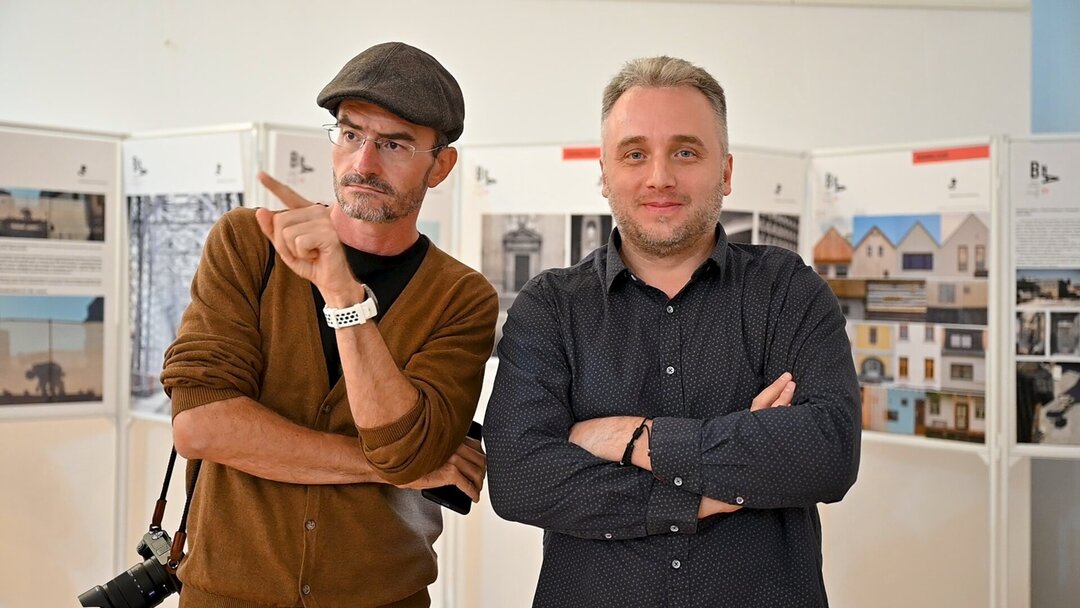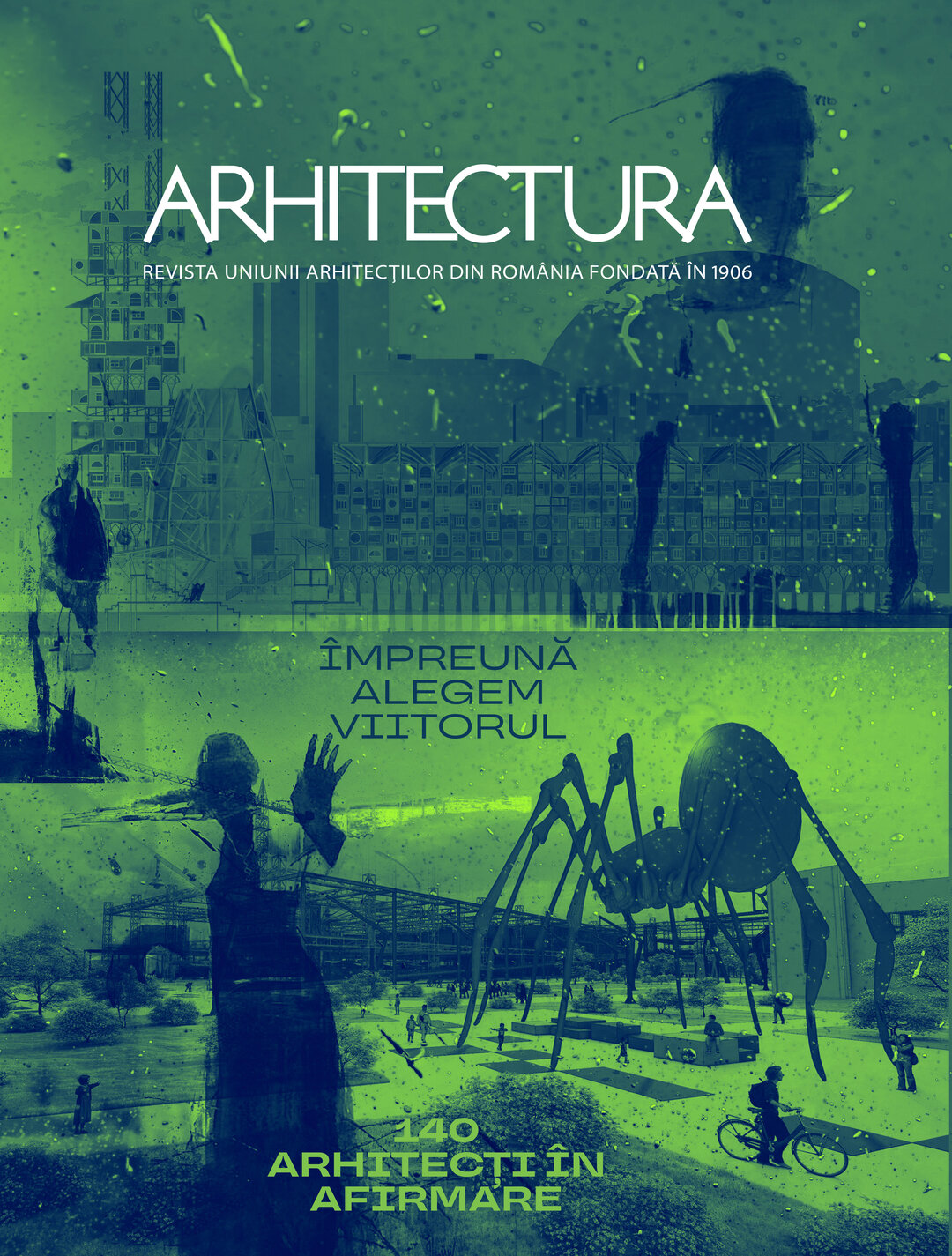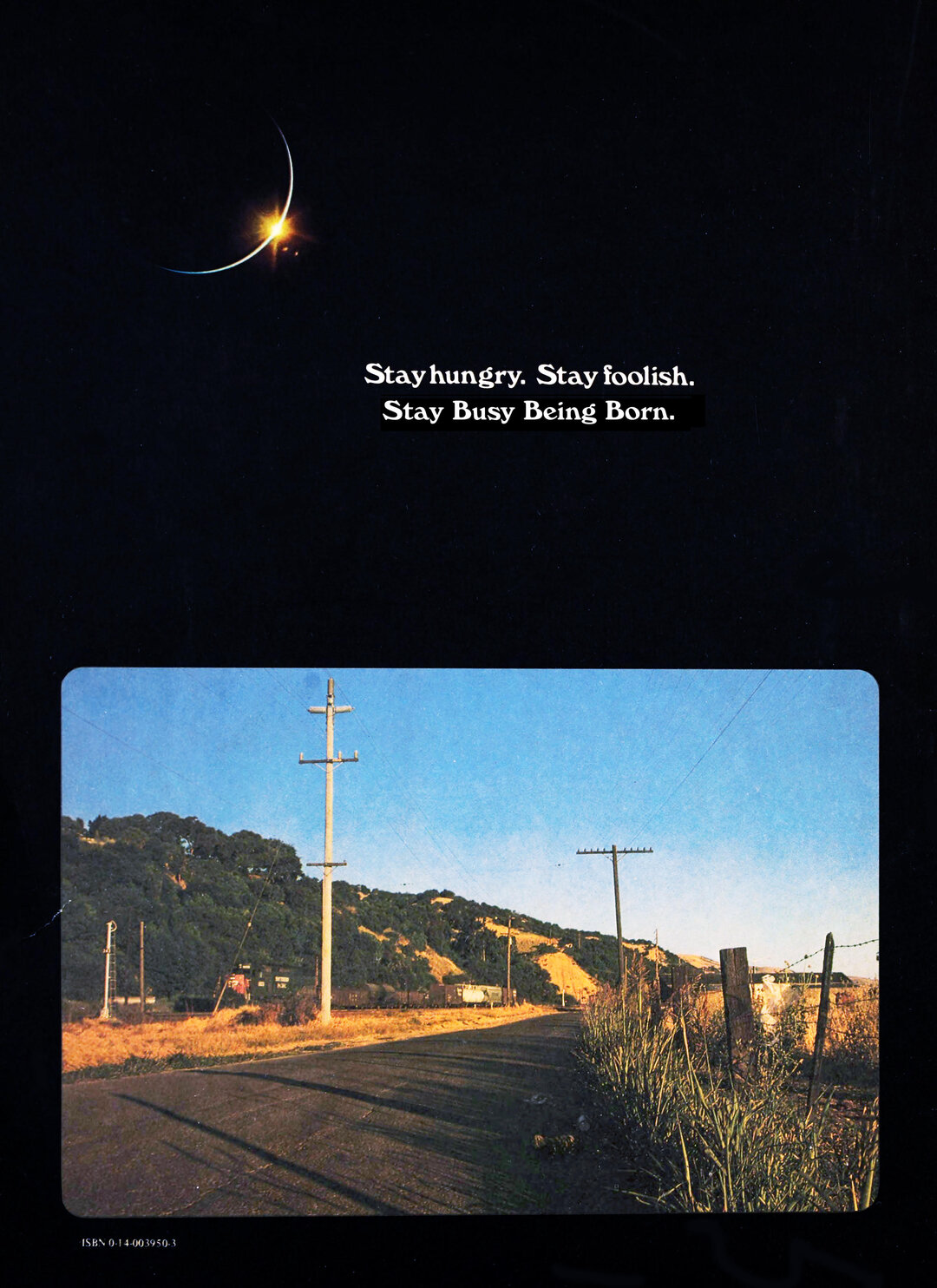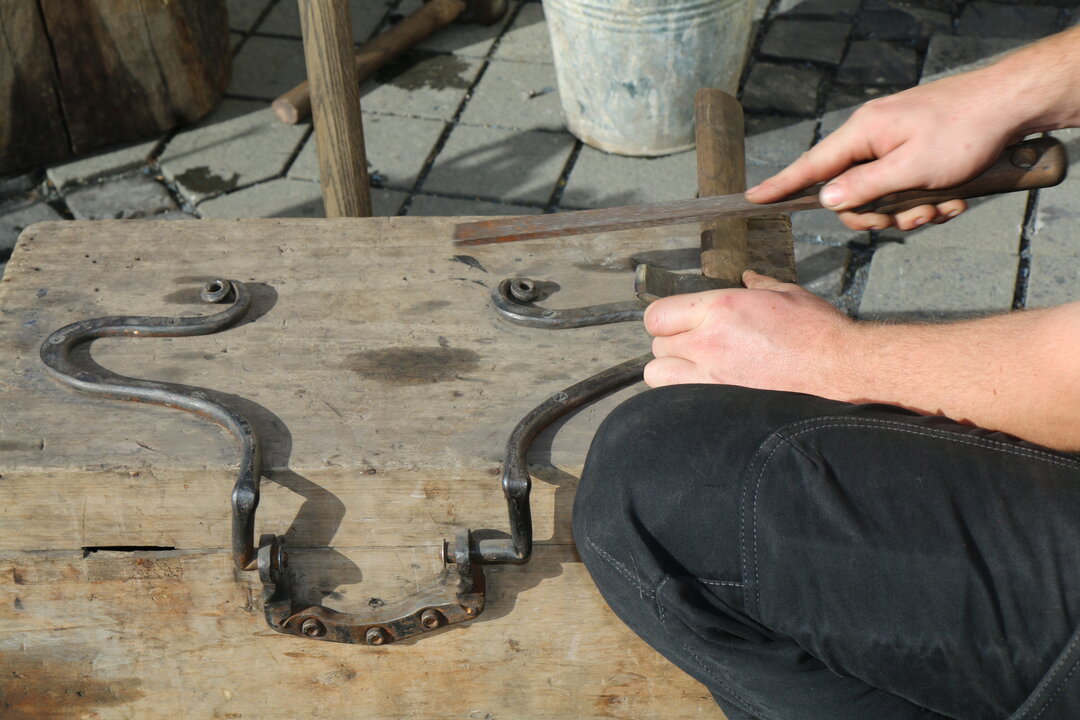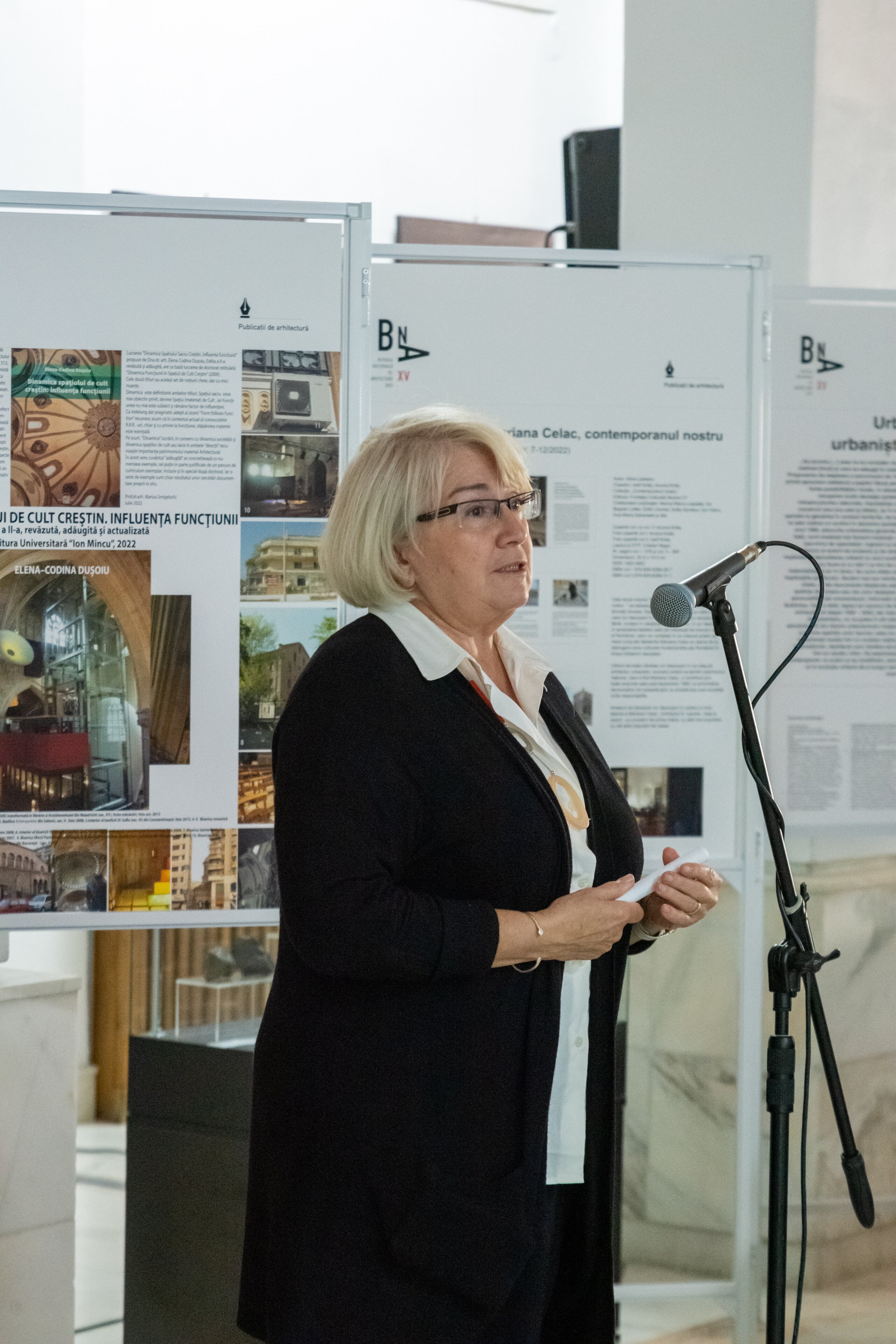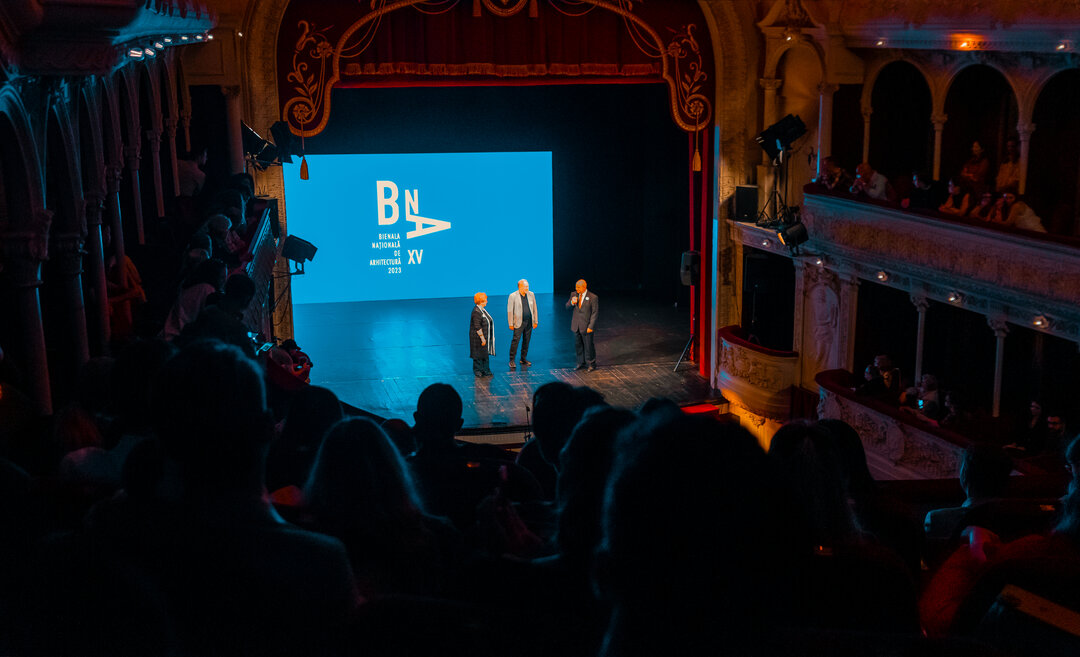
Different, TOGETHER
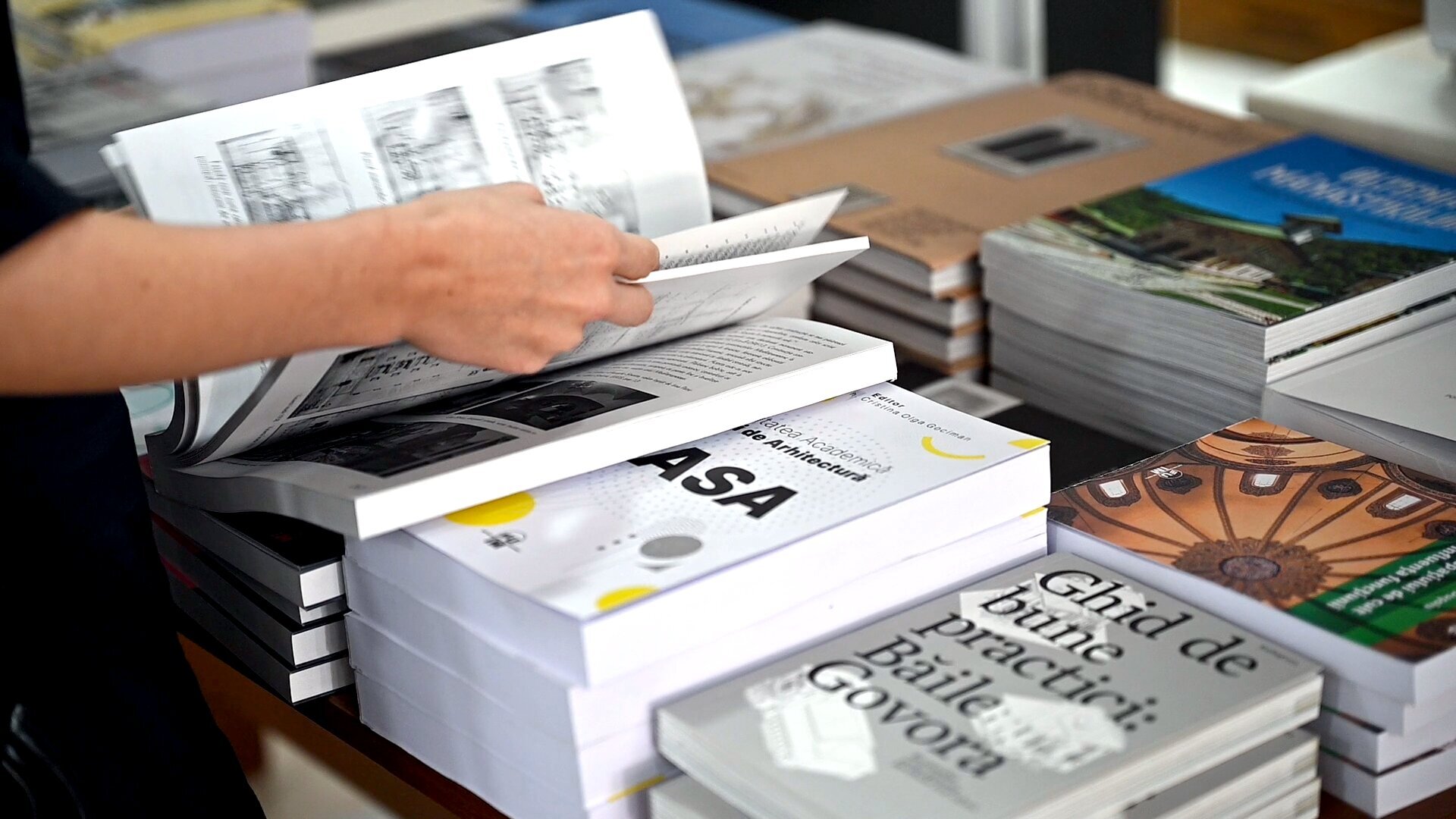
With the 50 titles entered in the competition (mostly books and albums) plus four works hors-concours, the Publications section of the BNA was a very pleasant surprise, not only in terms of number, but especially in terms of quality. I am sharing a little behind the scenes of a jury in which we all really had l`embarras du choix.
After an initial study of the publications, we chose 12 books of roughly equal value to be nominated. It is difficult to define what "of equal value" means in a competition that compares very different things - from doctoral research and works on the history and theory of architecture to evocations and memoirs - but all the works selected stood out either for the quality and seriousness of the study, the complexity of the subject and the sincerity of the approach, or the exceptional graphic quality (common to all the subsequent nominations). The differences in the scores between the 12 books initially selected were minimal and, in the end, what made some of them to be nominated is very much a matter of subjectivity and personal preference.
The section's prize went to Irina Nemțeanu's book - "Ipostaze ale locuirii evreieiești în Moldova (1775-1930)", the result of doctoral research that stands out for the breadth of multidisciplinary study, which includes historical, sociological, religious elements and the comparative method linking the development of these communities to their immediate or European neighborhoods. By identifying typologies of local urbanity that have marked the image of Moldavian fairs, the book opens up a subject that has been little tackled until now and stands out not only for the structuring and analysis of a vast documentary material and the quality of the graphic illustrations, but also for its elevated and accessible writing.
The book by Köllő Miklós - "The Story of My House" (the exact translation of the title is I tell the story of my house - I mention it because it better expresses the very personal nature of the narrative) is the personal story of returning to the village of my birth and the search for rural architecture. Of course, the subject of the book is the architecture, the materials, the history of the place, the connection to tradition, the return to one's roots and the duty to the community to which one belongs - subjects with which any reader can identify. "If only one percent of architects would return to their native village," said the author, "rural architecture would benefit enormously". The nominated book is a compelling plea for such a return.
"Bucharest Courtyards. The Hidden Potential of Urban Morphology", Andrea Boldojar's book, sheds light on the evolution of an urban typology specific to the capital, analyzed with the means proposed by the Italian school. Detecting the processes of the composition and densification of the urban morphology of Bucharest, the book documents spontaneous or planned historical evolutions, interpreted through the prism of an urban reading that offers models of city living that can constitute the pattern for future interventions that emphasize the continuity of characteristic typologies. The images, sketches and appendices, recomposing the historical evolution of the islands, represent an important documentary material of exceptional graphic quality.
"On Topolog up. A survey of traditional architecture in the Topolog river valley" belongs to a collective of authors, being the synthesis of a multidisciplinary research project, which analyzes the architecture of the upper river valley, focusing on historical aspects, toponymy, anthropized landscape values and anthropological aspects of the place. The values of traditional architecture are illustrated by a selection of 14 dwellings, described through text, architectural surveys and photographs. The jury particularly appreciated the delicacy of the graphics and the quality of the photographs, the neat layout and the quality of the editing, which make the book a particularly beautiful object.
"Goldstein Maicu. Modern Villas.Constanța1931-1940" is also the work of a collective of authors. The book opens up a new perspective on inter-war Constanta and highlights the prodigious work of Haim Goldstein (Horia Maicu), who realized over 100 works. The book includes details, plans, sketches and photographs of more than 60 buildings and is both a guide to the modernist city and a manual of best practices.
"Ferentari incomplete. Volume 1 - Urban policies at the edge of a city (1846 - 2011)" presents the development of an area of the city that went, in a short time, from the status of an anonymous and segregated space to that of the subject of very interesting initiatives and projects of urban revitalization - social, cultural, educational, de-segregation and poverty prevention. Through the presentation of initiatives belonging to non-governmental organizations, the book opens up a realistic and optimistic perspective on this Bucharest neighbourhood.
As I said, it is difficult to find common points between publications as diverse as those presented above. In listing them, I note that the jury's choice of works is equally appealing to architects and the general public. The importance of such works, which are equally appealing to readers outside the profession, should be emphasized, as they make an essential contribution to creating a public interested in preserving and respecting the built environment.
The number of nominations was higher than usual, reflecting the quality of the writing in the competition. There are very many books entered in the competition that are of a value roughly equal to those nominated. I would mention: manuals and guides to good practice ("Rehabilitation of built heritage. Teorie și tehnică", Rodica Crișan's book, the fruit of a lifetime's experience, or "Guide to good practice. Băile Govora"), works on architectural theory and criticism ("Loc in dialog" - interviews with Augustin Ioan on urbanology, sacred space and religious architecture, or "Aesthetics of contemporary public space - from perception to anthropology", Constantin Hostiuc's book, an exciting reading with well mastered critical notes) or a very interesting questionnaire on urban aesthetics ("Questionnaire and sketch of urban aesthetics", developed by a multidisciplinary team, remarkable for its content and the quality of its graphic presentation).
Very beautiful albums dedicated to personalities - "Alfred Popper (1874-1946): (re)discovering an architect", the book by art historian Monica Croitoru-Tonciu, areas of the city - "A walk on the Metropolitan Hill and its surroundings", or to certain trends - "Mediterranean picturesque in the architecture of interwar Bucharest", Dragoș Popescu & collective, coordinated by Bruno Andreșoiu. The Mediterranean-Pythic current is also present in "The Mediterranean current in Romanian interwar architecture", by Mădălin Ghigeanu, demonstrating an interest that finally brings this architecture out of the shadows of modernist disdain.
Architects write well and not just architectural criticism. Books in which the city is present as the foundation of memory ("The City Found in a Box. O cronică afectivă a Bucureștiului", Gabriella Tabacu's book) or sui generis writings, such as "La un moment dat - Dejur-împrepreprejurul arhitecturii", Mihai Pienescu's book of essays, reviews and commentaries on architecture, are read with interest and pleasure.
It is also worth mentioning here the translations, the importance of which needs no further emphasis. They make a number of fundamental works accessible to the general public and to architects (because, let's face it, any foreign book not written in English is today inaccessible to most readers - architects or not). It is particularly important that these translations are done by architects - otherwise, technical or specialized terms can be mistranslated, leading to sometimes hilarious confusion (unfortunately, I have read such translations, even from publishers specialized in architectural publications). We would like to mention here Aldo Rossi's "The History of the City", which has been published in a very good translation (coordinator Celia Ghyka). Unfortunately, the number of translations present at the Biennale is insignificant. They should be juried in a separate section and cannot be compared with works by authors. Should a significant number be gathered at future Biennales, the organization of a separate category within the Publications section should be considered.
Of course, an Architecture Biennale is, first and foremost, about the built work (and about plan projects); but we should not minimize the role of the architectural book. The general public does not follow the unfolding of architectural competitions and comes into contact with architecture to the extent that it constitutes the framework, recorded or unrecorded, of everyday life. By its presence in bookshops and its appeal to a wider public than the trade, the architectural book can make a significant contribution to the creation of an architectural culture whose absence we all deplore, and to increasing understanding and respect for the built environment. If future Biennales offer us a similarly diverse and attractive selection of publications, we will be closer to realizing this goal.

